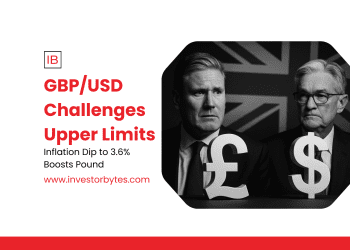The Thai baht has swung wildly on November 23, 2025, fluctuating to 31.50 against the USD—a 0.35% daily dip extending 1.2% weekly weakness—as the Stock Exchange of Thailand (SET) Index plunged 2.14% to 1,254.40, pressured by tech selloffs and U.S. tariff threats, per Kaohoon International reports. This volatility—now +5-6% YTD appreciation—reflects foreign outflows totaling 71,605.93 million baht year-to-date, with the SET’s 7-year downtrend from 1,852.51 in 2018 to 1,053.79 intraday low on June 23 amplifying currency risks, per Wikipedia and Chiang Rai Times analyses. For THB traders, the pair’s RSI at 58 neutral eyes 32.00 probes if 31.30 support cracks, though Stochastic at 52% hints 31.00 rebounds on BOT interventions, with 7-8% annualized volatility persisting amid 2.8% Q2 GDP slowdown.
SET’s volatility dominates: the index dipped 6.1% in January to 1,314 points, skidded to 1,088 in April, and holds at 1,313 in November, pressured by Goldman Sachs’ November 2024 downgrade on poor growth and high valuations, per Chiang Rai Times. Foreign funds sold 68.9 billion baht in Q1, with household debt and -0.79% August inflation prompting BOT’s August cut to 1.50%, boosting reserves to $280 billion but squeezing exports 5-8%. Technically, THB/USD‘s 5-6% 2025 strengthening—peaking at 32.46 in July—challenges competitiveness, with forwards/options hedging 30-50% USD revenue amid 1.2% three-month swings.
Cross-asset ties: SET’s sideways-downward trend—support at 1,140-1,155, resistance 1,165-1,173—mirrors baht’s rollercoaster, with tourism’s 36 million arrivals (28% jump) offering counterbalance but tariffs hitting autos/agriculture. AInvest forecasts persistent mean volatility, urging USD hedges and energy/tech rotations. This SET-fueled swing—31.50 fluctuations—epitomizes emerging market fragility: THB’s resilience hinges on BOT’s $259.9 billion arsenal, demanding tactical shorts below 31.60 in tariff-torn trades.








